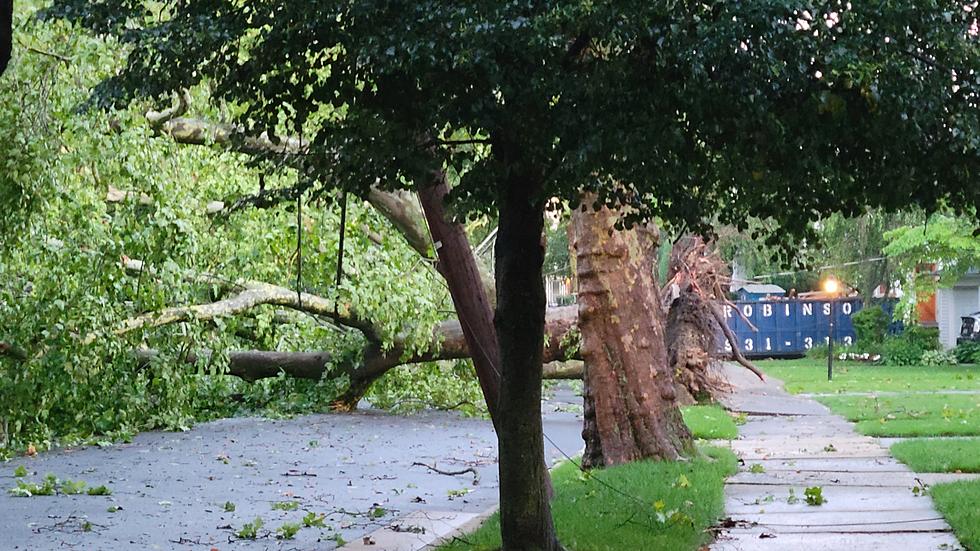
Don’t Let Food Poisoning Ruin Your 4th of July Celebration
What is a 4th of July celebration without a picnic or barbecue? Nothing ruins the party faster than spoiled food and stomach cramps. If you are planning a fourth of July barbecue or picnic, listen to this: an estimated 48 million people contract foodborne illnesses each year, resulting in almost 128,000 hospitalizations and 3,000 deaths, but all that can be avoided.
Foodsafety.gov has 4 easy steps to make sure the food you food is safe for you and your family - Clean, Separate, Cook and Chill. Check out these tips and find out where you can get more food safety information.
- 1
CLEAN
This should go without saying, after washing our own hands, we need to make sure we are working on a clean cooking and cutting surface, and be sure all utensils are washed.
If you’re having a picnic, make sure all of your equipment is clean before packing. Use separate coolers and containers to keep cold and warm foods at the proper temperatures.
For example, store foods like pasta salad, lunch meats and fried chicken insulated in a cooler; whole fresh fruits and vegetables do not have to be chilled. Don’t forget to bring wipes and paper towels.
- 2
COOK
When it comes to grilling, barbecuing or roasting meat, poultry or fish, use a food thermometer to ensure that it is cooked to the proper internal temperature to ensure foodborne pathogens are eliminated. Nearly two-thirds of Americans do not use food thermometers, so pathogens that make you sick may still be present. You can pick one up at almost any supermarket. Here are the safe temperatures to cook these various types of meat:
Fish and whole cuts of pork, lamb, veal and beef should be cooked to 145 degrees Fahrenheit. Once the internal temperature has been reached, these meats should be removed from heat and allowed to “rest” for three minutes. During this period, the internal temperature will rise or remain constant, which will kill remaining pathogens.
Hamburgers, sausages and other ground meats should reach an internal temperatures of 160 degrees; poultry should reach a minimum 165 degrees. Hot dogs should be heated to steaming hot.
- 3
SEPARATE
Avoid cross-contamination by preparing raw meat, seafood, poultry and eggs separately. This helps avoid illnesses and allergic reactions. Wash any utensils and surfaces that come in contact with raw meat before using for other food items.
- 4
CHILL
At a picnic, make sure to keep cold foods cold in a cooler and hot foods hot and don’t let food sit out when you go jump in the pool or play Frisbee.
Refrigerate foods within two hours of eating them and don’t thaw anything out on the counter. Keep a cooler with ice outside and store food in there at a picnic.
Any food that is left out in temperatures above 40 degrees for more than two hours should be discarded. In hot weather, 90 degrees or higher, food should not be left out longer than one hour.
More From Cat Country 107.3










